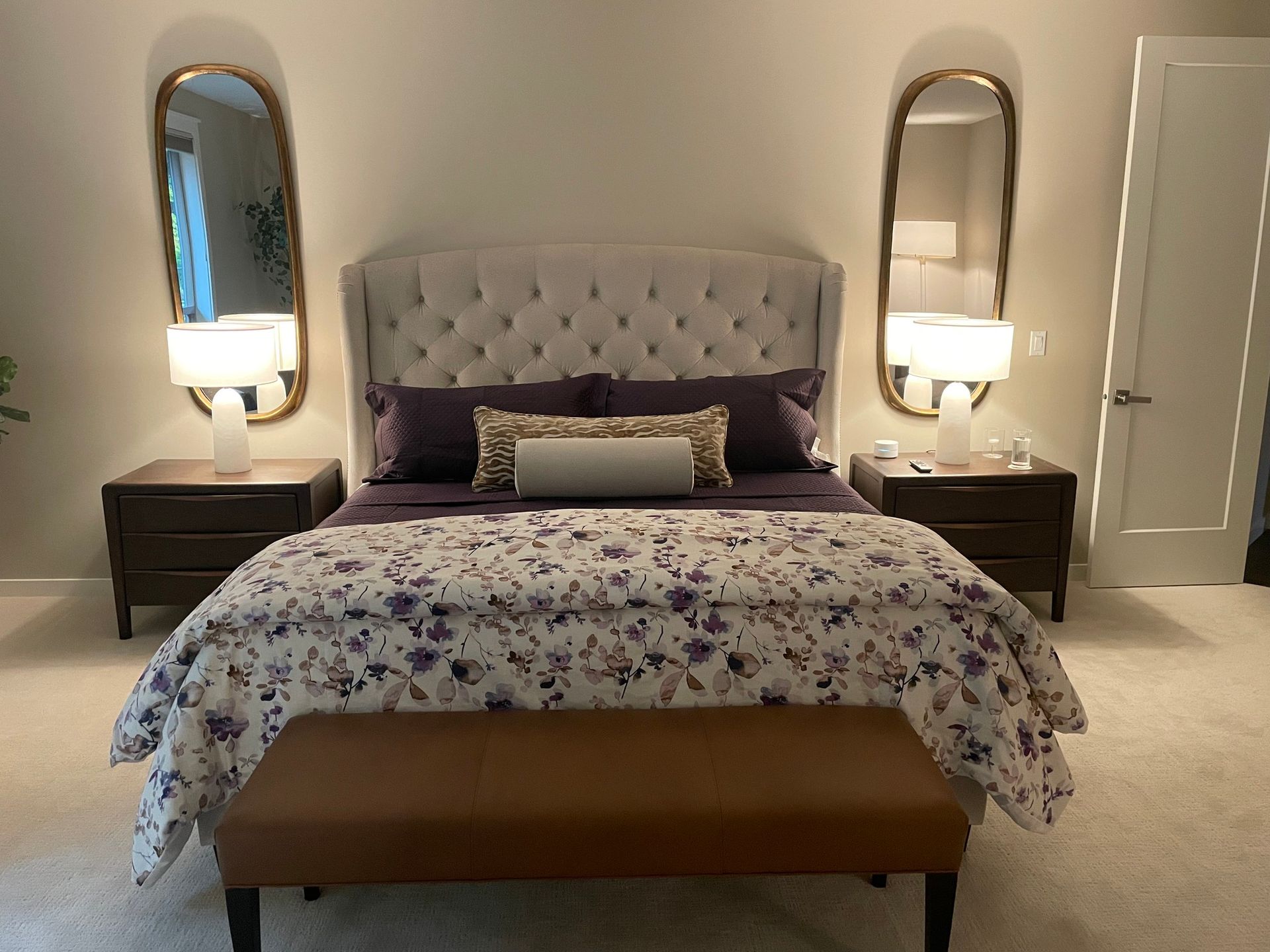How to Measure Windows for Vertical Blinds
How to Get the Right Vertical Blinds

Vertical blinds are a versatile and practical window treatment that can provide a perfect combination of style, light control, and privacy. Whether you’re installing them in a window or across sliding glass doors, getting the right measurements is key to ensuring they fit well and function smoothly. Let’s walk through the steps for how to properly measure your space for vertical blinds, from windows to sliding doors.
How to Measure a Window for Vertical Blinds
Getting accurate measurements is the foundation of a good fit when it comes to vertical blinds. This will ensure they cover the window fully, operate efficiently, and look great. Here’s a breakdown of how to measure the width, drop (height), and determine which side the wand or chain will go on.
Measure Your Width
The first step in measuring for vertical blinds is to determine the width of the window. For an inside mount (where the blinds sit within the window frame), measure the width across the top, middle, and bottom of the window. It’s crucial to measure at multiple points because windows can be slightly out of square.
-
Inside Mount: Record the narrowest width measurement and subtract 1/4 inch to ensure a snug fit without rubbing the sides.
- Outside Mount: If you prefer the blinds to hang outside the frame, measure the total width of the window and add at least 4 inches—2 inches on each side for proper coverage and light control.
Measure Your Drop
Next, measure the drop or height of the window. Just like with width, take measurements at three points: the left, middle, and right side of the window. Vertical blinds need to hang evenly, so it's important to get the most accurate measurement.
-
Inside Mount: Use the shortest measurement and subtract 1/4 inch to prevent the blinds from touching the window sill or floor.
- Outside Mount: For outside-mounted vertical blinds, measure from where you plan to install the headrail (typically 2-3 inches above the window) down to where you want the blinds to end. Add a few extra inches beyond the window frame for full coverage.
Choose Your Wand or Chain Side
When ordering vertical blinds, you also need to decide which side the control mechanism—either a wand or chain—will be placed on. Consider how the blinds will open and close and what’s most convenient based on the layout of the room or furniture positioning. For example, if there’s a sofa or table close to the left side of the window, placing the control on the right might make operation easier.
Measuring Vertical Blinds for Sliding Glass Doors
Sliding glass doors are often large and require vertical blinds that fit perfectly to ensure smooth operation and a polished look. Here's how to measure them effectively:
-
Width: Measure the full width of the sliding door from edge to edge. Since most people choose an outside mount for sliding doors, add an additional 4 to 6 inches to the width to ensure the blinds fully cover the door when closed, preventing light from leaking in.
- Drop: Measure the height of the door from the top edge to the floor. If the blinds are going to be outside mounted, start the measurement from where the headrail will be installed (typically 2-3 inches above the door frame). For a clean look, vertical blinds should hover just above the floor, so subtract about 1/2 inch from the total measurement to avoid dragging.
By carefully measuring both width and height and selecting the control side that works best for your space, you’ll ensure your vertical blinds are functional, stylish, and well-fitted. Taking the time to get these details right will result in a clean, professional look and effortless operation every time.




